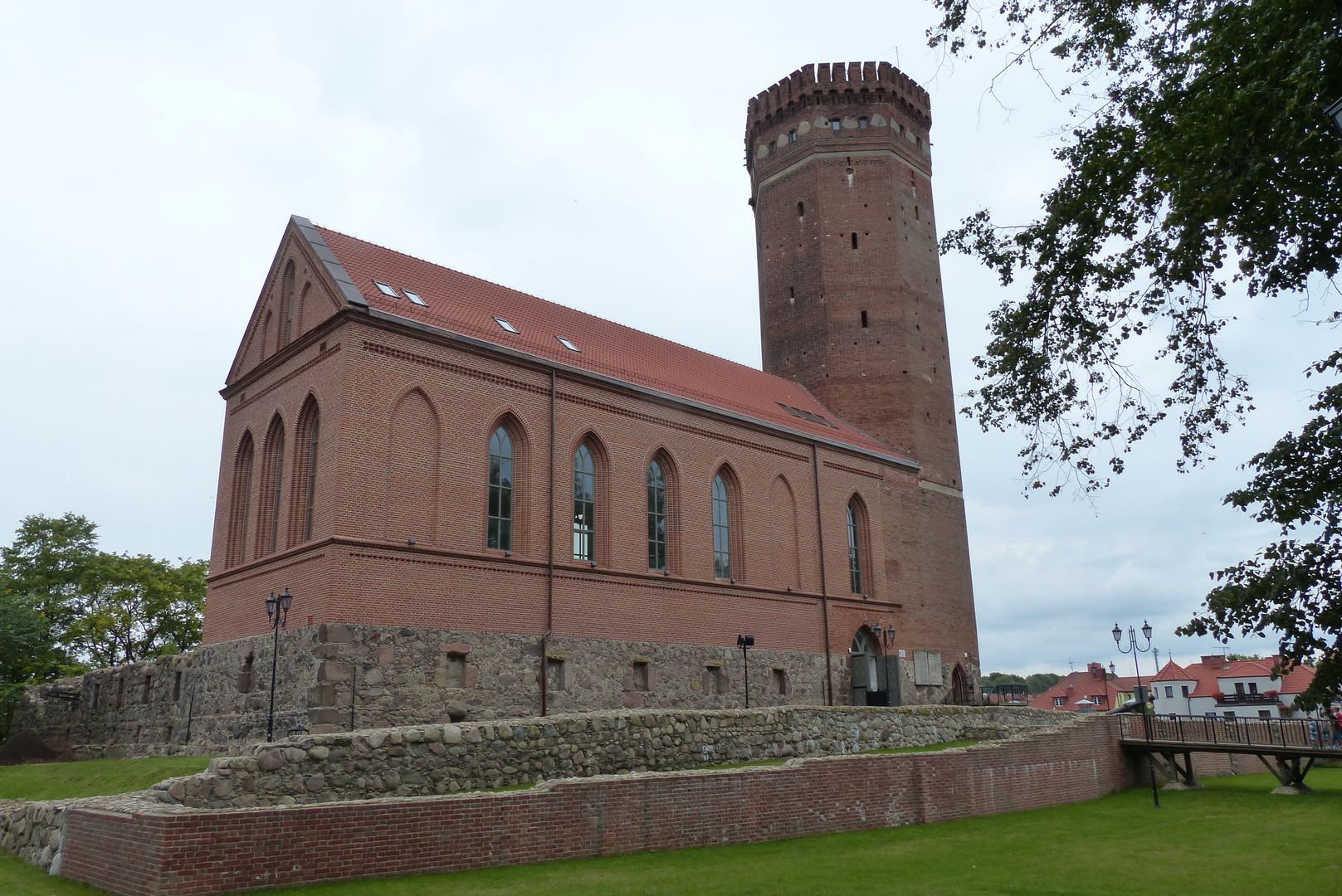Człuchów Castle
6.13

Overview
Człuchów Castle, located in the town of Człuchów, is the second largest Teutonic Order castle in Poland, surpassed only by Malbork. Built in the 14th century, it served as the seat of the Teutonic commander (komtur) and convent. Its history dates back to 1308, when Człuchów came under the control of the Teutonic Order as part of the annexation of Gdańsk Pomerania. The castle was strategically positioned to protect trade routes, and the surrounding settlement grew rapidly, receiving town rights in 1348.
Throughout its history, the castle was repeatedly targeted by Polish forces, as well as by Swedish troops during the Deluge. After the Thirteen Years' War, the castle came under Polish control and became a royal town. As a result of the Partitions of Poland and subsequent Prussian actions, the castle suffered significant destruction, and its building materials were used to rebuild Człuchów. Interestingly, due to these demolitions, only fragments of the walls and the main tower remain today—one of the best-preserved structural elements of the castle.
Architecturally, the castle originally consisted of four parts: the High Castle and three outer baileys, surrounded by strong walls made of granite boulders and bricks, as well as a system of moats. The High Castle had a square layout and featured a bergfried-type tower, which served as the last line of defense.
In recent years, the castle has undergone renovation and now houses the Regional Museum, which has been open to visitors since 2013. Between 2008 and 2015, archaeological and adaptive works were carried out on the castle grounds, leading to the discovery of many valuable artifacts, including a bulla from Pope Gregory XI. In 2014, the castle attracted 19,700 visitors, a number that rose to 25,700 in 2015.
Despite its turbulent history, Człuchów Castle remains an important part of regional history and culture, enriching Poland’s Teutonic heritage.
Location
2025 Wizytor | All Rights Reserved